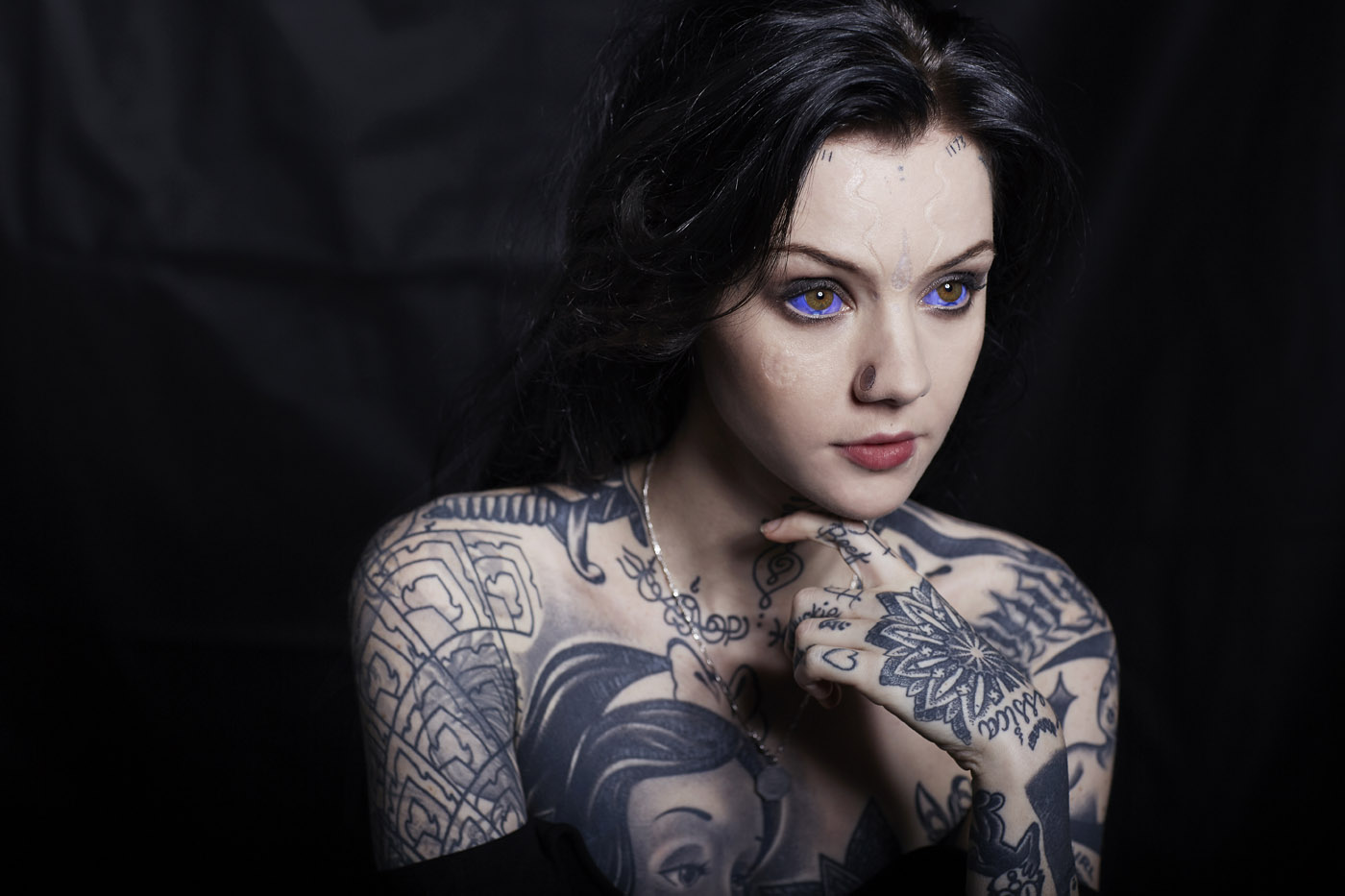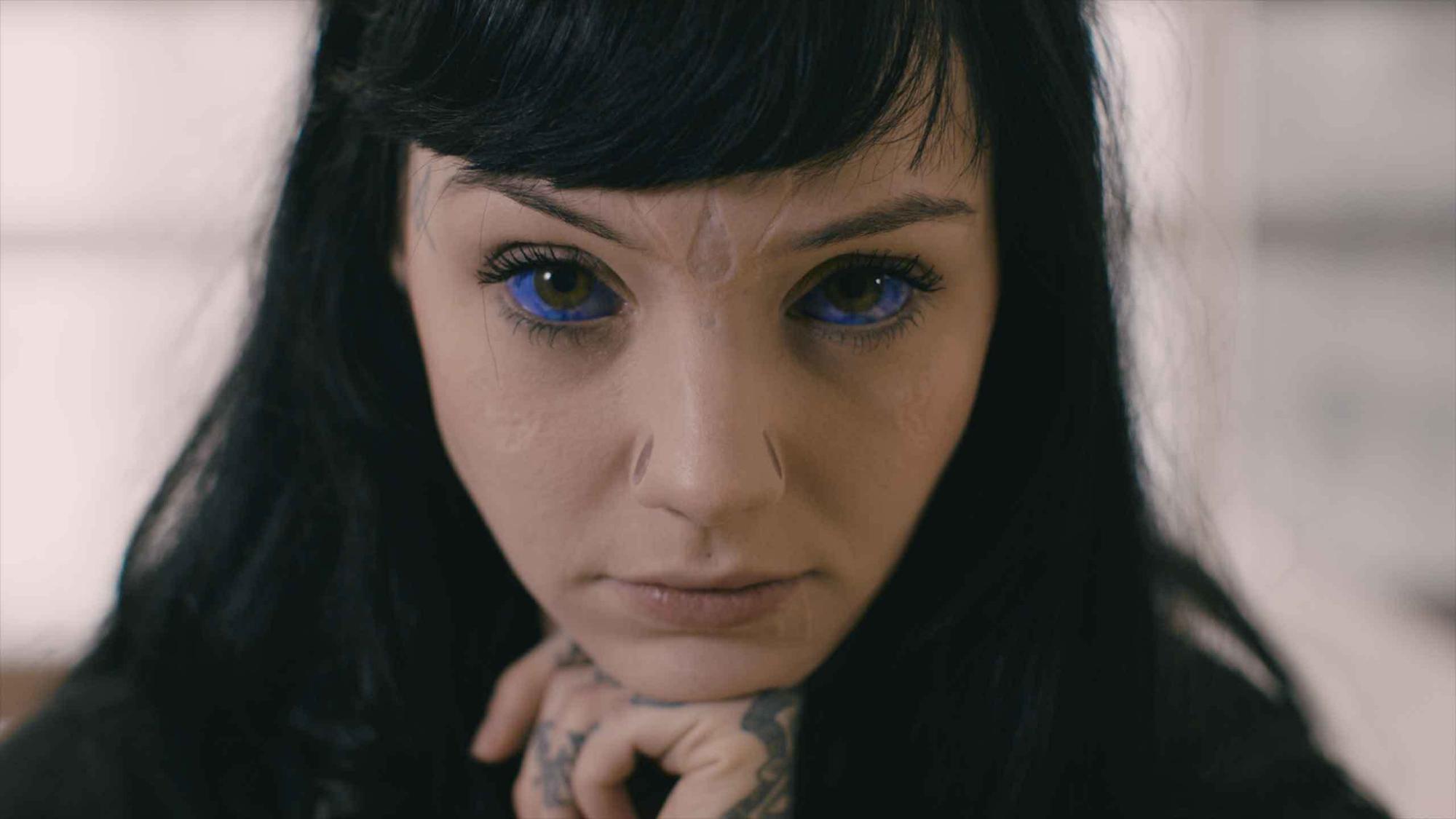- example of where tattooing is illegal and very shunned.
Grace Neutral is a tattoo artist from South London and strong activist.
- She is interested in ideas of alternative beauty and pushing our boundries of positive body image.
"The human body is a beautiful thing in all its forms"


She visited South Korea to see how her practise varies and contrasts around the globe. In South Korea tattooing is illegal - but there is still an estimated 20,000 tattooists working underground. It is very secretive and very youth orientated.
The Art form she practises and loves everyday is not allowed, and this is something that Grace could not get her head around - how opposing some cultures can be. You have to obtain a full doctors license in order to tattoo anybody - which is absurd!
The government is dismissing the whole creative and expressive side to the process.
This "insults her artworks and her trade"
From exploring and interacting with the city of Seoul, it is clear how adults and older members of public do not accept body modification at all making the youth feel as if they have to "censor their own beauty choices".
- It feels like mainstream culture makes young people feel uncomfortable, if the beauty ideals they express don't fit the traditional standards of beauty.
Grace talks about how her visit opened her eyes to the underground and radical tattoo scene in Seoul. Young people embody youth rebellion and tattooing is a big symbol of that.
They represent a sub-culture, a new generation flying the flag for an alternative beauty scene - a community were they can be themselves.
___________________
After deciding to select to tattoos as our focus culture for the brief, we rendezvoused as a group to discuss potential developments for our idea. After looking through our individual research, we created a mind map of some of our idea directions.

As a group, we decided to focus on how tattoos often have negative connotations within the media and how we want to disprove this stereotype. This is especially true when associated with criminals and gangs despite also being seen as artwork by many other people. This is something we felt needed to be addressed within our project. To gain more knowledge on this subject we specified roles for the further research.

I was to look into the historical context behind tattoos and how we've evolved to where we are today in terms of acceptability as and art form and creative process. I was also to gather examples of tattoo stylings and obviously more specifically the typefaces involved too - I did find this difficult, as it is so broad ranging from free-hand scripture to Old English Gothic. My research already done evolved into me thinking about how we wanted to represent both the past, present and future opinions of tattoos so I did focus predominantly on the past - discussing positive ideas of story-telling used by sailors, but also where the more negative affiliations place of origin was from - being gangs and prison (the same concept of story-telling and expressing yourself, but applied to the harsh and evil hierarchies when behind bars)
___________________
NOTES
Positive and negative sides of tattoo culture
- differentiating between the good and bad sides of tattoos
- focusing and celebrating what it has become
Start discussing - TONE OF VOICE, MESSAGE, AUDIENCE
Ways of approaching putting tats on skin on models?
- projector
- paint
- letraset / stick ons (JAMES PRINT ROOM)
- digital manipulation

No comments:
Post a Comment